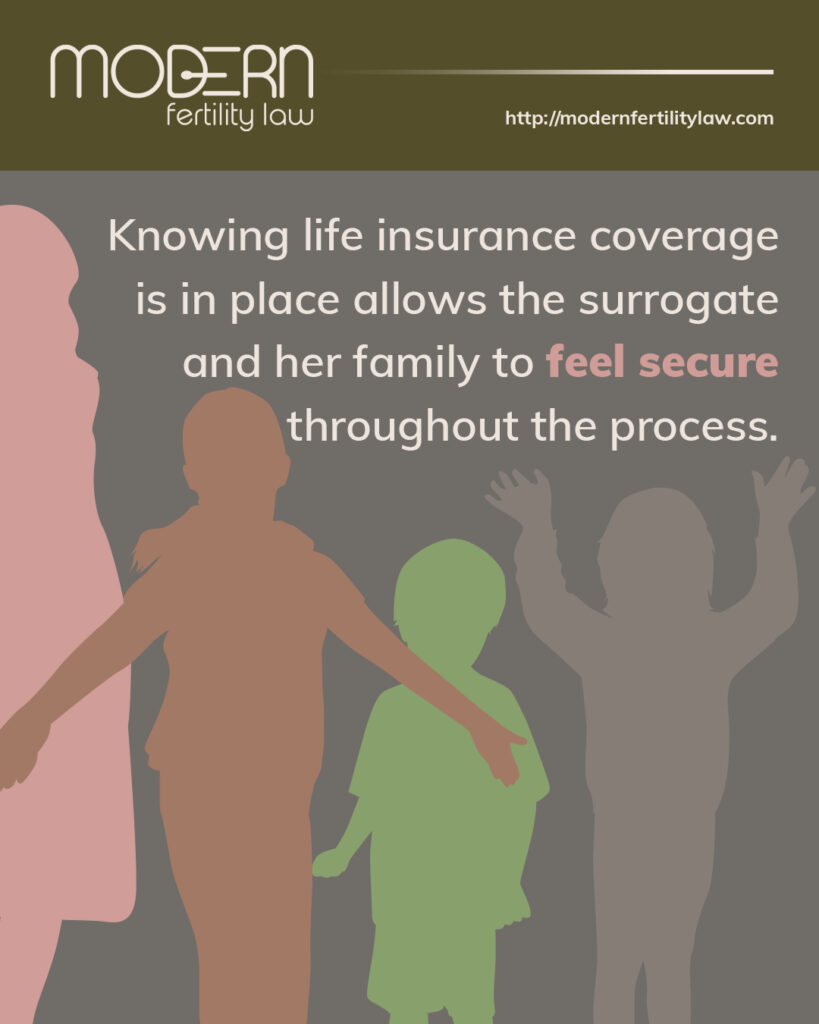
Life insurance is important for gestational carriers (surrogates) because it provides financial protection for their families in the event of a worst-case scenario.
Although serious complications are rare, pregnancy and childbirth do carry medical risks, and surrogates take on those risks on behalf of intended parents.
Surrogates often have children or dependents of their own. If a life-threatening complication occurred, the policy ensures their family wouldn’t face financial hardship.
Most ethical agencies or legal agreements require a policy:
- usually at least $250,000 to $500,000
- paid for by the intended parents
This safeguards everyone in the arrangement.
Knowing coverage is in place allows the surrogate and her family to feel secure throughout the process.
Modern Fertility Law has made this content available to the general public for informational purposes only. The information on this site is not intended to convey legal opinions or legal advice.



